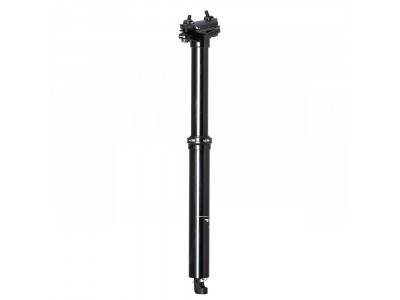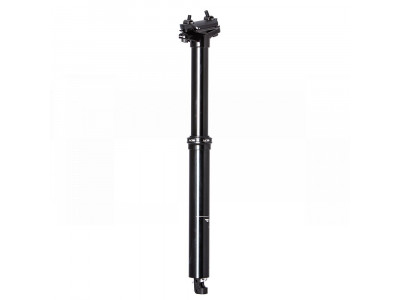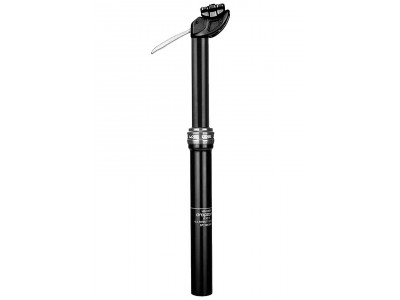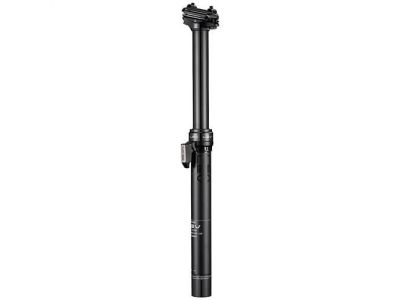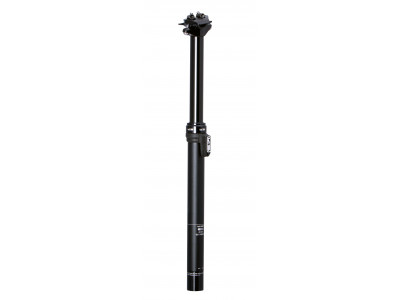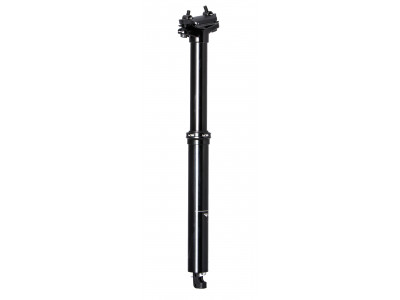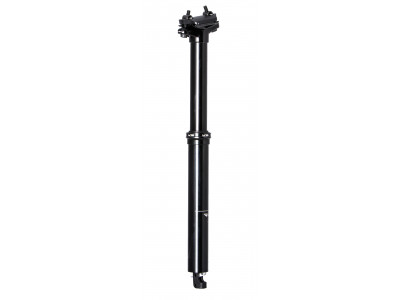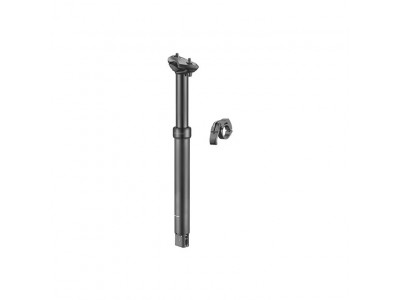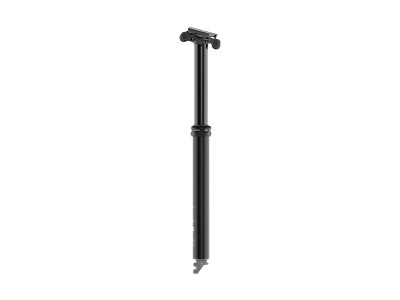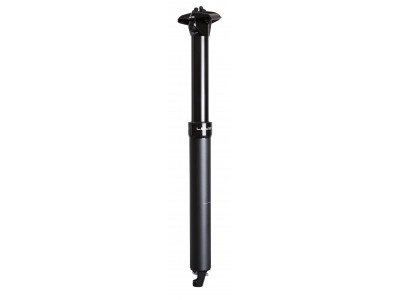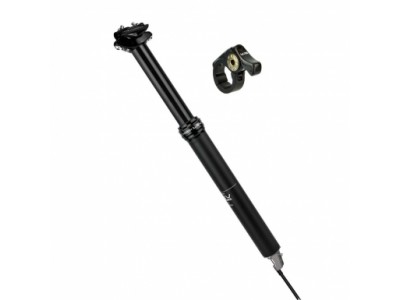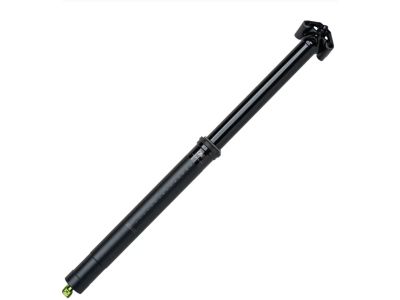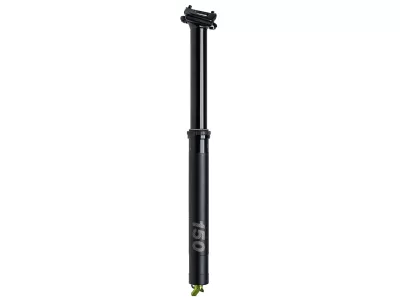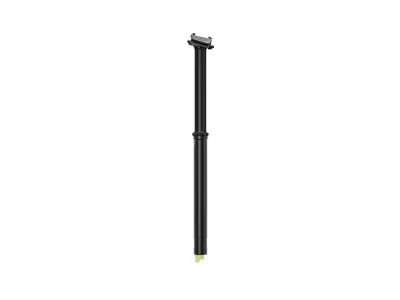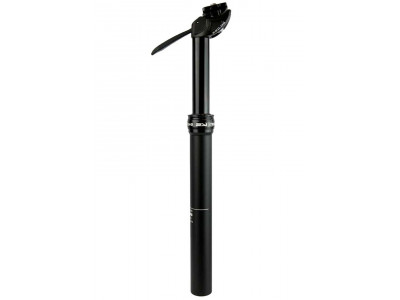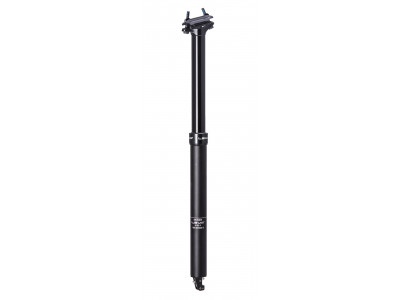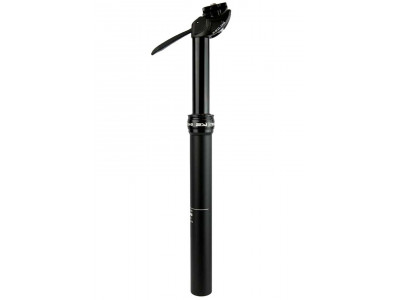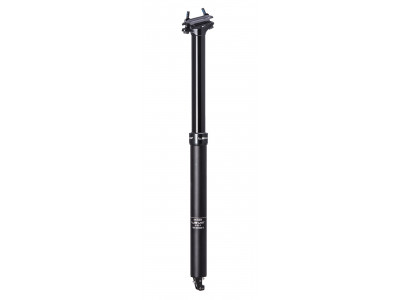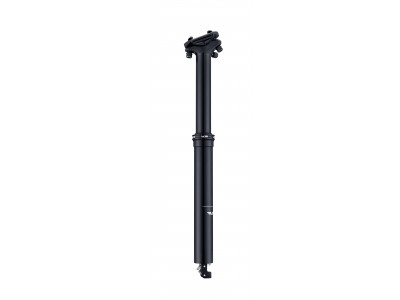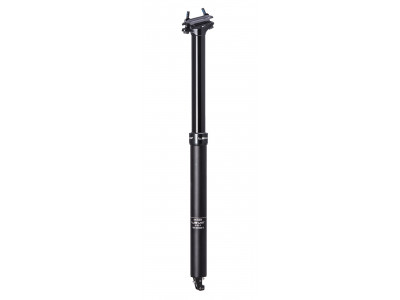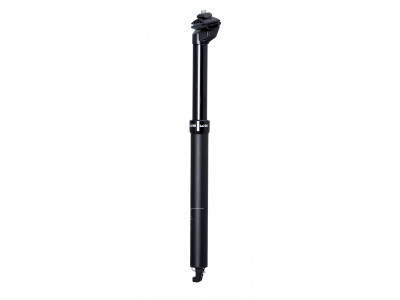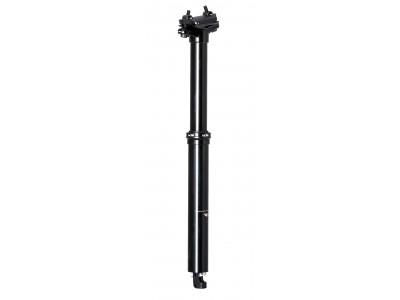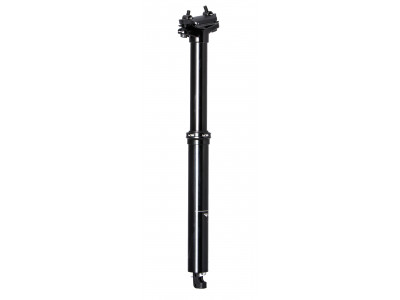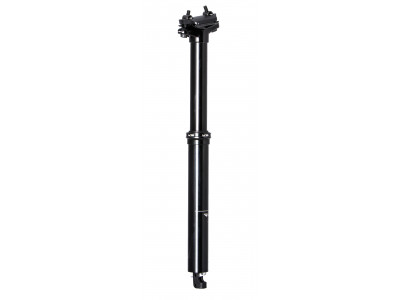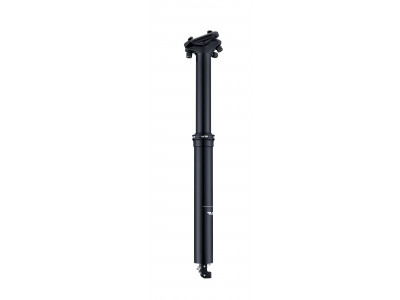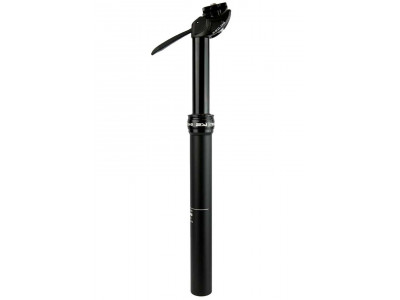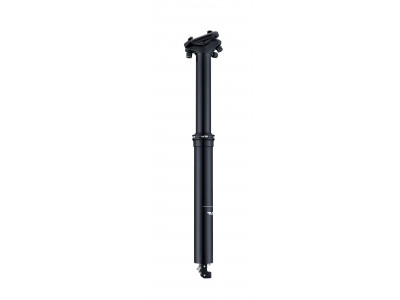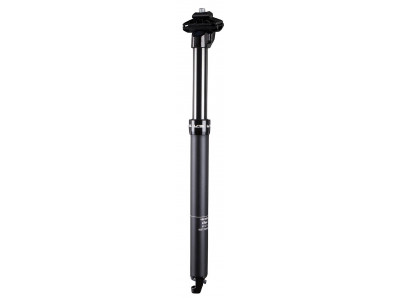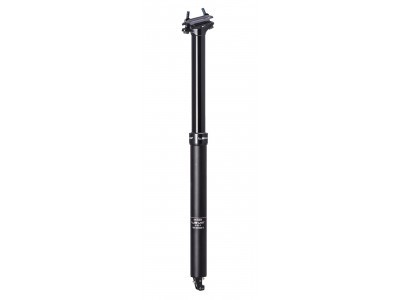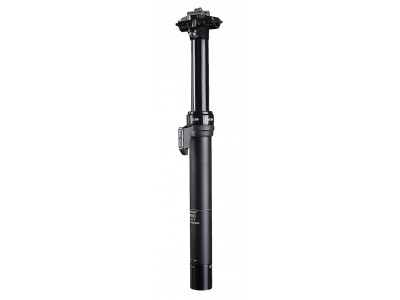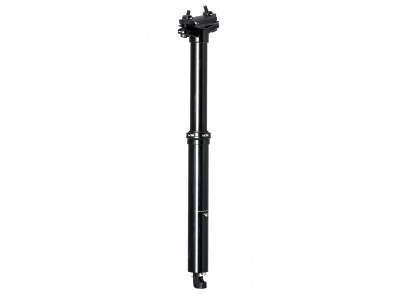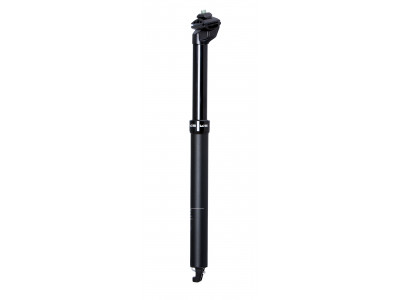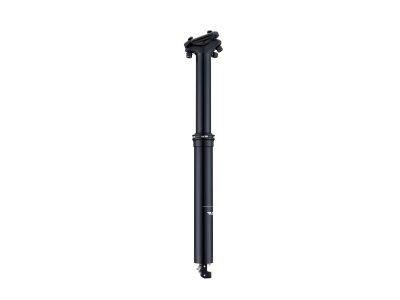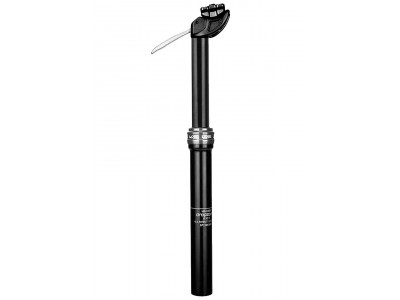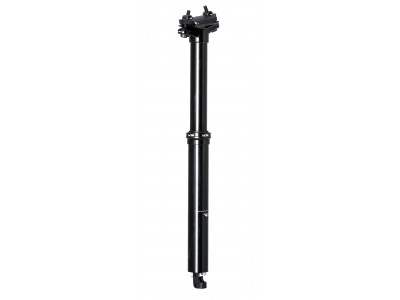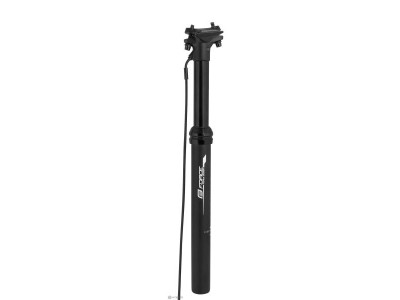The dropper seat post is changing the world of cycling because it offers dynamic seat height adjustment using a simple lever mechanism. Here are some factors to consider when choosing a seat post:
- Diameter compatibility: Make sure the diameter of the seat post matches the seat tube of your bike. Common sizes are 30.9 mm and 31.6 mm, but there are others.
- Travel length: Consider the required travel length based on your riding style. More aggressive riders or those tackling challenging trails can benefit from a longer travel for better handling of the bike, which most often ranges from 65 mm to 175 mm.
- Material and weight: Choose a seat post made of durable materials such as aluminium or carbon. Consider your weight preferences and how the material affects the overall weight of the bike.
- Routing options: Check if the dropper post supports internal or external bowden routing. Internal routing offers a cleaner look, but may require more effort to install and maintain. The bicycle frame must also be adapted to the internal guidance.
- Lever design: Assess the design and ergonomics of the lever. It should be easy to access and comfortable to use, allowing for quick adjustments without compromising the grip on the handlebars.
- Brand reputation: Opt for reputable and proven brands with positive reviews and plenty of spare parts.
- Serviceability: Consider ease of maintenance and availability of spare parts. Choose a seat post that is user-friendly and has good service support from the manufacturer.
By considering these factors, you can select a seat post that matches your riding preferences, bike specifications and budget, improving your overall cycling experience.
How does a dropper seat post work?
The dropper seat post consists of an internal piston that can move up and down in the outer housing of the seat post. Once activated, usually by pressing a lever, the piston unlocks and allows the seat to be lowered or raised to the desired height. Releasing the lever locks the seat post in place.
What are the main advantages of using a dropper seat post?
Dropper seat posts have several advantages. They enable quick and easy seat height adjustment while riding, providing better control and handling, especially when riding in technical terrain. Lowering the saddle also makes it easier to overcome steep descents. When climbing or riding flat, you can raise the saddle to a more efficient pedalling position.
How to care for dropper seat posts?
Regular maintenance of the dropper seat post includes cleaning and lubricating the piston and seals to ensure that it functions smoothly. It is also important to regularly check the cable tension and adjust it if necessary. Specific maintenance instructions can be found in the manufacturer's instructions.
What types of dropper seats are available?
There are mainly three types of dropper saddles:
- Mechanical seat posts: Use a mechanical mechanism to raise and lower the seat. They usually work by activating a lever on the handlebars that pulls a cable attached to the seat post. Mechanical saddles are known for their reliability and easy maintenance.
- Hydraulic seat posts: Use a hydraulic mechanism, often using oil or air, to raise and lower the seat. They are controlled by a lever on the handlebars, which controls the hydraulic drive in the seat post. Hydraulic seat posts are known for their smooth and consistent performance. It is necessary to pay attention to the cleanliness of the hydraulic oil and the venting of the system.
- Electronic seat posts: Use electronic or wireless technology to control the movement of the seat post. A remote lever or button on the handlebars is typically used to initiate the adjustment. Electronic seat posts offer precise and hassle-free control, but may require charging and are generally more expensive and heavier.
How to measure the travel of the dropper seat post?
To measure the height of the dropper seat post, you will need a ruler or measuring tape. Here's how you can do it:
- Measure the maximum length: Measure the maximum length of the seat post at the highest position of the travel that is visible above the seat tube. We can say that it is the length that protrudes from the frame when the seat post is fully extended.
- Measure the length at full immersion: Measure the length of the seat post from the bottom of the clamp (where it connects to the frame) to the top of the seat post when fully compressed.
- Calculate travel: Subtract the length when the seat post is dipped from the maximum length when fully extended to determine the length of the travel. This is how you get the stroke length provided by the dropper seat post.
It is important to note that the lift measurement may not always be an exact number, as slight variations may occur due to manufacturing tolerances. This method will give you approximate information about the lift of the seat post.
Each type of seat post has its own benefits and aspects, so it's essential to choose one that suits your riding style, preferences, and budget.
